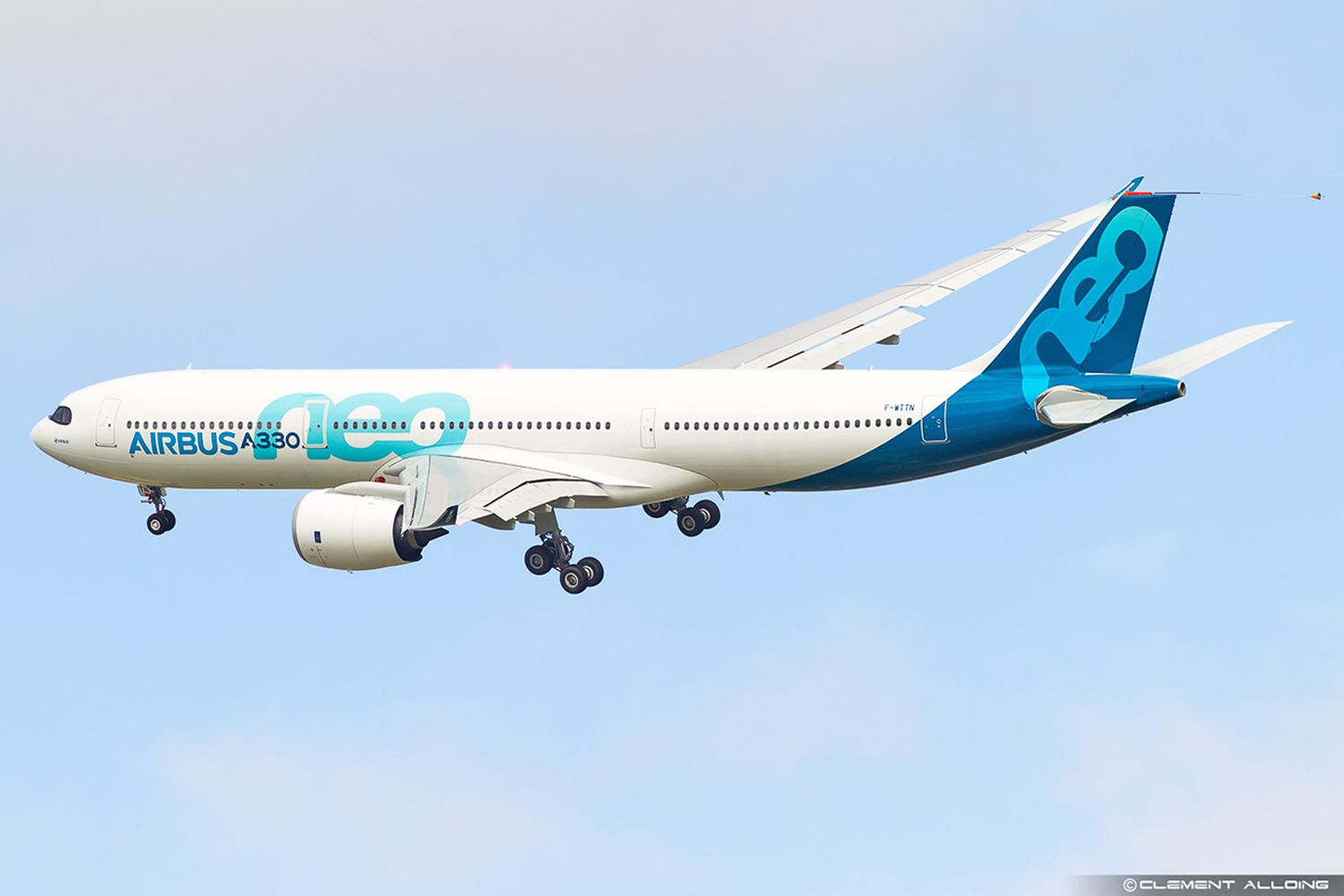Airbus improves A330neo performance: the best solution for Latin America's widebody needs?
Airbus has received certification from the European Union Aviation Safety Agency (EASA) for a new performance upgrade package for its popular widebody aircraft, the A330neo. Announced on April 9, the package—dubbed “Step 4”—is designed to enhance the takeoff and initial climb performance of the A330-900, offering airlines greater payload flexibility, particularly at performance-restricted airports. German carrier Condor will be the first to operate aircraft equipped with these enhancements.
Since entering service in late 2018, the A330neo has undergone several incremental updates. The new “Step 4” package, available on new-build aircraft from late 2025 or early 2026, improves low-speed performance by maximizing lift and reducing drag—without requiring additional thrust from the Rolls-Royce Trent 7000 engines.
Key “Step 4” improvements include:
- Enhanced Take-Off Configurations (ETOC): Four new intermediate flap and slat positions (1B, 2B, 2C, and 3B) are added to the existing five. Pilots select these via the Multifunction Control and Display Unit (MCDU) in the cockpit, allowing fine-tuned aerodynamic configurations based on conditions such as runway length, aircraft weight, temperature, altitude, and nearby obstacles. The flap lever itself remains unchanged.
- Optimized Landing Gear Retraction Sequences: New actuators and hydraulic controls reduce the main landing gear retraction time by approximately 0.8 seconds and door opening/closing cycles by 0.2 seconds.
- Automatic Landing Gear Door Opening (ALGDO): Enables earlier gear retraction after takeoff—especially in the event of an engine failure—helping to reduce the time the aircraft flies in a high-drag configuration.
Tangible Benefits: More Payload, More Flexibility
These upgrades translate directly into a higher Maximum Take-Off Weight (MTOW). Airbus reports an average MTOW increase of 2.6 metric tons, with gains of up to 4 to 6 or even 7 tons in more performance-constrained airports, according to the latest EASA certification.
This means more payload capacity—whether for passengers, cargo, or fuel—which can extend range or improve route profitability. Airports like Madrid, Minneapolis, Réunion, Düsseldorf, Gatwick, Mumbai, and notably Bogotá in Latin America are among those expected to benefit significantly.
Condor, a key A330neo operator, has been confirmed as the launch customer for the “Step 4” package. The airline actively participated in simulator testing and will be the first to fly the upgraded A330-900.
Potential Impact in Latin America
These enhancements are especially relevant for Latin American carriers, a region known for its operational challenges:
- “Hot and High” Airports: The ability to increase MTOW without additional engine thrust is critical for operations at high-altitude or high-temperature airports like El Dorado (BOG) in Bogotá or Viru Viru (VVI) in Santa Cruz, Bolivia. This would allow airlines such as Azul (an existing A330neo operator) or potential future adopters like Boliviana de Aviación or Aerolíneas Argentinas to operate with fewer payload restrictions on these routes.
- Long-Haul Routes: For transatlantic or North American flights operated by carriers like Azul or Aerolíneas Argentinas, additional payload or fuel capacity can significantly enhance route economics and flexibility.
- Obstacle Clearance Margins: Improved climb gradients thanks to quicker gear retraction are especially beneficial at airports surrounded by challenging terrain.
Aerolíneas Argentinas, which previously considered replacing its long-haul A330-200s with A330-900s, shelved the plan following a change in government. Still, the airline’s ongoing long-haul operations could greatly benefit from a fleet update, and the new Step 4 package reinforces the A330neo’s strategic value in any sensible renewal program.
You might be interested
The Step 4 improvements apply only to new-build A330-900s delivered from late 2025 or early 2026. They will not be automatically retrofitted to existing A330-200/-300 (ceo) or earlier A330-900neo aircraft unless Airbus introduces a dedicated retrofit program, which would involve hardware and software modifications at the airline’s discretion.


Comentarios
Para comentar, debés estar registrado
Por favor, iniciá sesión